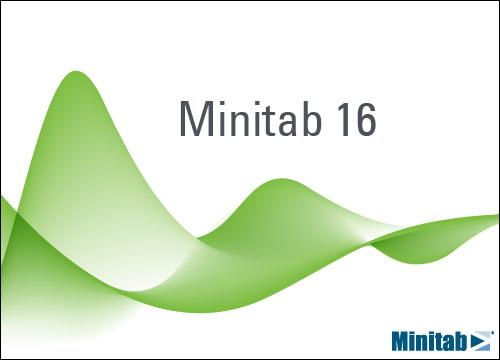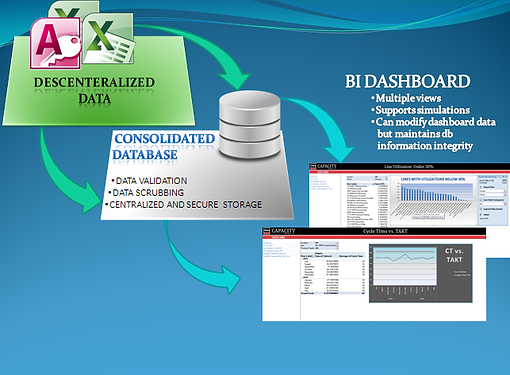
Industrial Engineering Consultant
Benjamin Box
IE 490: Disaster Waste Management (Research 2014)
Course Description: I researched and developed an optimization strategy related to post disaster debris removal processes; specifically, an algorithmic approach to prioritizing debris removal from throughways.
IE 490: Disaster Waste Management (Research 2013)
Course Description: I researched and developed an optimization strategy related to post disaster debris removal processes; specifically, an algorithmic approach to finding optimal material processing locations.
IE 431: Senior Design
Course Description: For this project I was part of a team of three that is consulting for Hines Veterans Hospital. The front floor space of Building 200 is being re-arranged and the emergency department expects to acquire additional space. This project will take the current floor layout as a base, and propose a new layout using the full space being allocated to the ER area. The main focus of this project is to maintain and improve the patient flows
IE 590: Intro To Systems Engineering
Course Description: Today’s engineers need to solve problems existing in large-scale complex systems. This course provides various control approaches from interdisciplinary perspectives, recognizing that such approaches are capable of producing the simple yet effective tools and techniques that are applicable to the large-scale, real-time decision-making problems. The principles behind the approaches are in general from the human or biological societies, and they are similarly applied to the complex systems, giving rise to globally desirable performance through local (in space and/or time) decisions and interactions. This course teaches how to apply auctions and social welfare functions from economics, swarm intelligence and learning from biology, and centrality from the study on complex networks (e.g. social networks, biological networks, and technological networks), to various decision problems in supply networks, logistics, computer/communication networks, sensor networks, multi-robot systems, and service/ubiquitous systems.
SCHOOL
SKILLS
3D Modeling and Material Analysis
Although I significantly favor Autocad Inventor, I am proficient in multiple softwares: Creo (formerly Pro E), Catia, and Inventor. I have built several fixtures for manufacturing. Below are some pictures of projects done for school.
 |
|---|
 |
 |
 |




Statistical Analysis
I have always been fascinated by statistics; when used correctly, It is a powerful tool. Currently, I have taken 3 statistics courses, in which I received high A's. I understand and can apply the following...
-
Probability Distributions
-
Mathematical expectation
-
Functions of random variables
-
Correlations
-
Complex Regression
-
Single and Multi-factor ANOVA
-
Non-parametric methods.
-
Statistical applications to statistical quality control.
-
Expirement Design
-
Stochastic Process
-
Markov Chains
Algorithm Design / Mathmatical Modeling
I have fairly significant experience in algorithim development. My exposure began in school and has continued in all of my following positions. I have chiefly applied linear and non linear programs for optimization projects. I have also worked with formulations using graph theory. I have used mutliple platforms for tool creation (Gamside, Matlab, Excel). Please see examples provided in both the school and work sections of my portfolio.

This program approached the problem the following way.
Using historical data to develop product forecasts.
Grouped task into operation sets using principles of dead-time and ergonomics.
Developed algorithm to find the most balanced combination of operations to be assigned to a number of workers.

Wire Harness Assembly Line
For this project, I wrote a script in Excel that found the ideal balance of tasks across operators at a given volume. The screen shot to the right shows the dashboard to this program.
WORK
As this was a work project, I have not uploaded the file as business sensitive information is on this document.
Layout Design / Documentation

Drew a detailed facility layout showing cell and assembly line configuration with a max 1 foot tolerance.
-
Over 100,000 square feet
-
Over 1,000 workstations
-
Collaboratively, chose locations for new product line
Global Capacity System
During my summer internship at Remy International, I was tasked with determining the global manufacturing capacity of the organization. Although the data elements necessary to calculate the capacity existed, they were recorded in separate, decentralized systems. This caused problems with information integrity and required manual calculations to determine capacity. Consequently, I developed a database that gathered the data from these varies inputs, ran data analysis, and present the information in a user dashboard (touch friendly).
Manufacturing Allocation Production & Capital Purchase BI Tool
During the 2014 school year, I consulted for Remy International to develop a tool that is defined in the following document.


Front-end Capital Investment Research & Cost Justification
During my summer internship at IMMI, I was tasked with examining the production floor and determine areas of improvement. By observational studies and interviewing hourly workers I noted a particular machine as problematic. I originally looked to reduce staffing by purchasing a more capable machine. I conducted economic analysis and machine research. I then presented three cost justified solutions with low, medium, and high capital investments. After the presentation a co-worker brought to my attention that the company was out-sourcing products on that machine because of machine capacity and quality constraints. This led to a second proposal that was accepted and resulted in cost savings of nearly $400,000 a year. The machine, a CNC Bender, was purchased (seen below)
